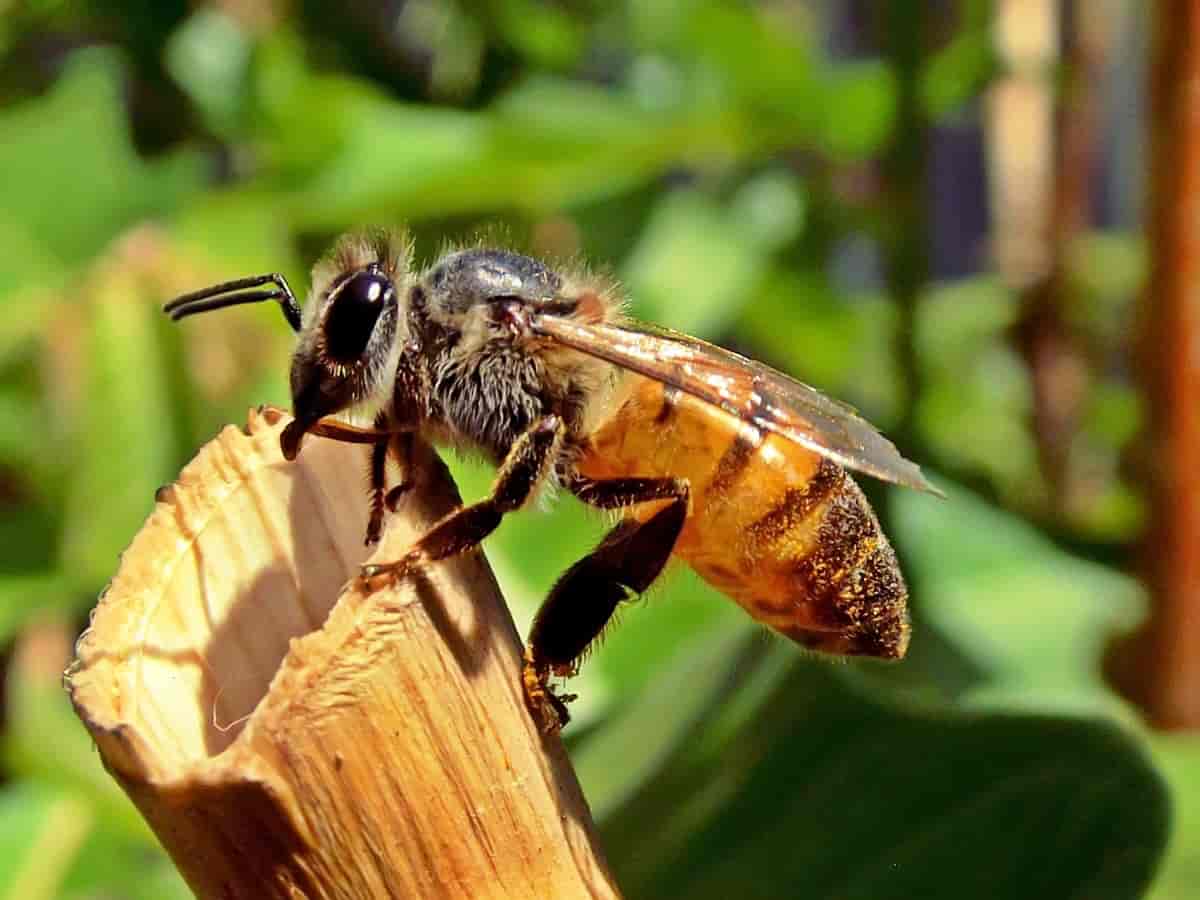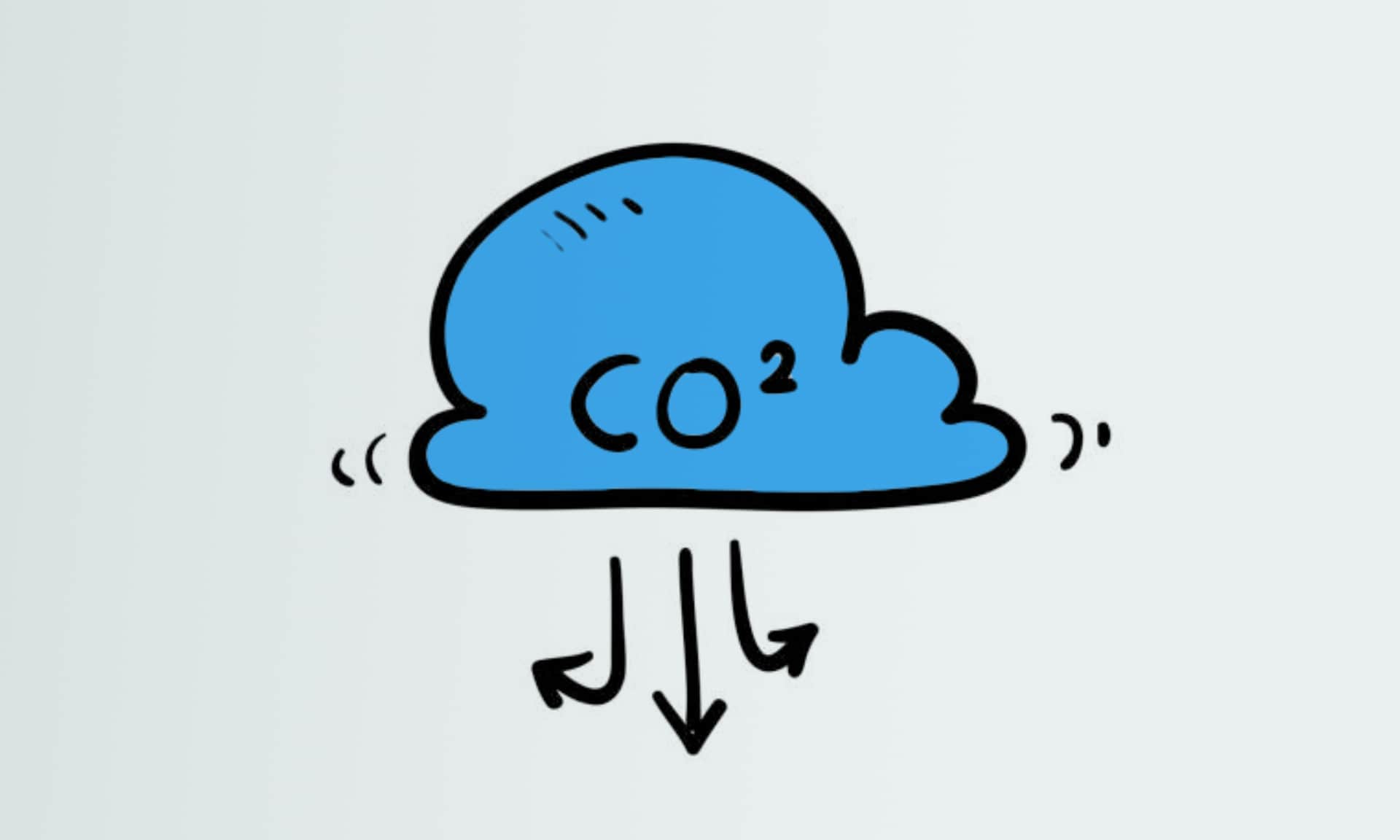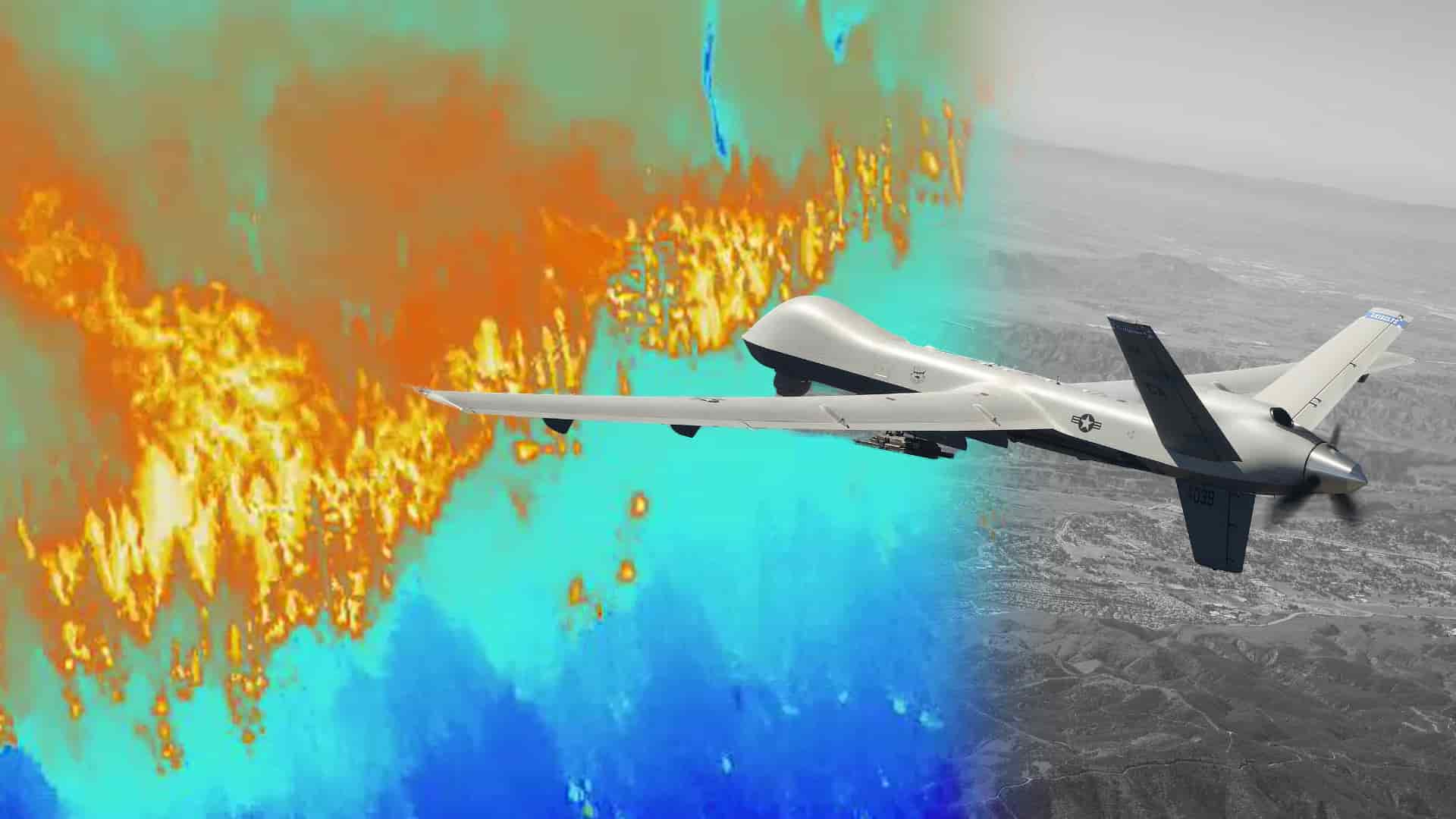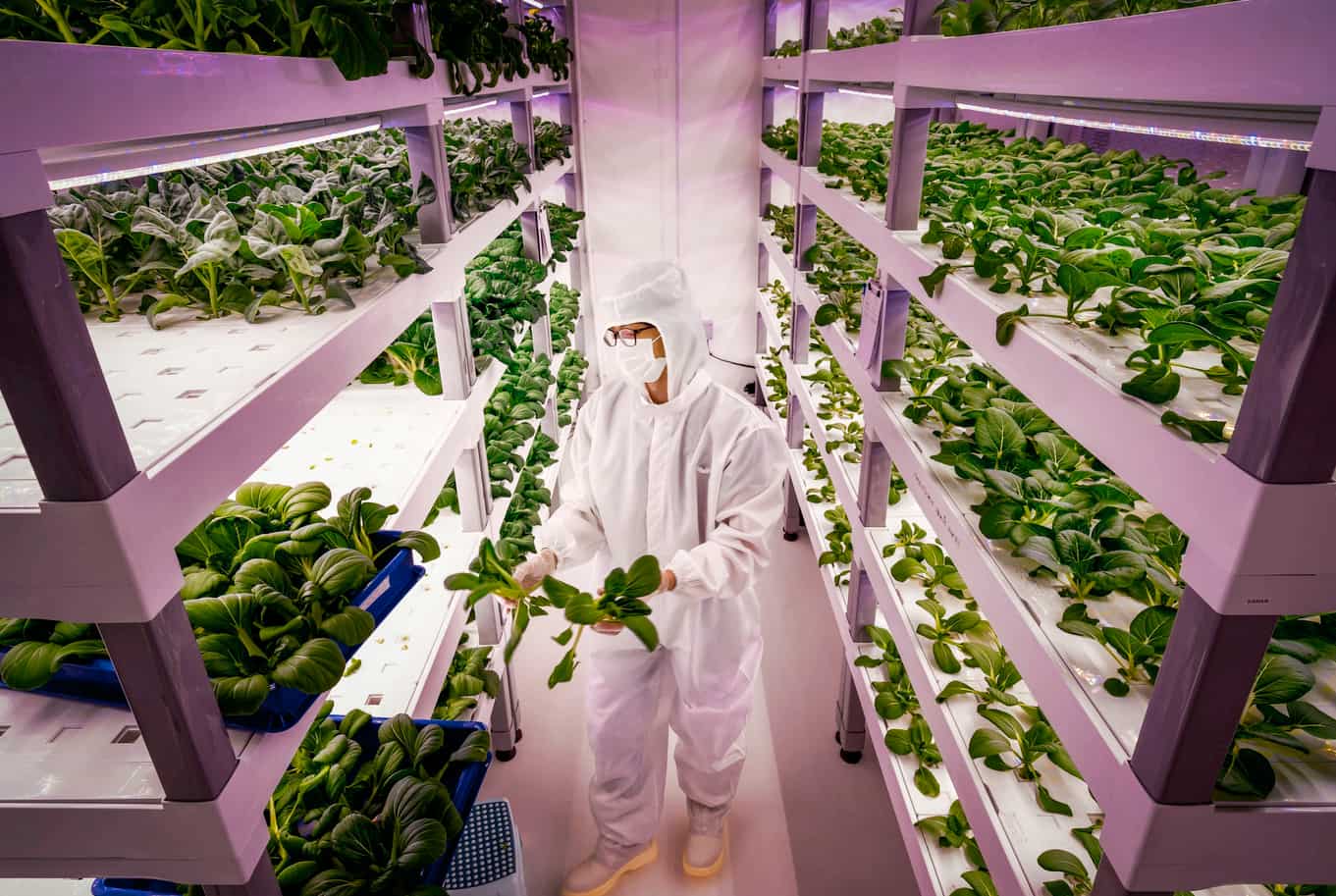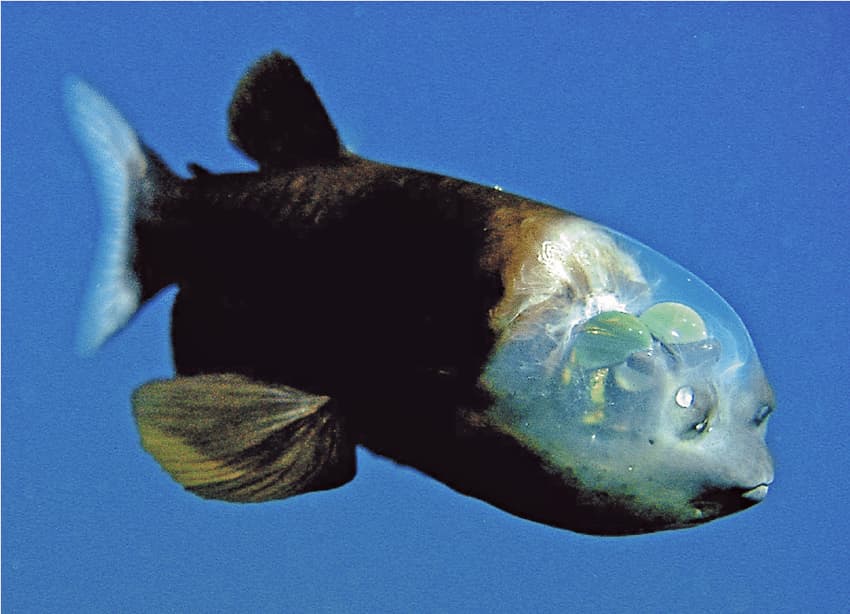Droughts are a defining challenge of our time, threatening communities and food supplies from the Americas to Africa and Asia. These widespread events are often born from disruptions in vast climate systems spanning our planet’s oceans and atmosphere.
The chain reaction often begins with the planet’s most powerful regulators—the great ocean currents that circulate heat and dictate weather patterns continents away. One of the most critical of these is the vast conveyor belt operating deep within the Atlantic.
The Atlantic’s weakening conveyor belt
The Atlantic Meridional Overturning Circulation (AMOC) is a critical ocean current system. It functions like a massive conveyor belt, transporting warm surface water from the tropics northward and returning cold, deep water southward. This process is a primary engine for distributing heat around the planet and stabilising global weather.
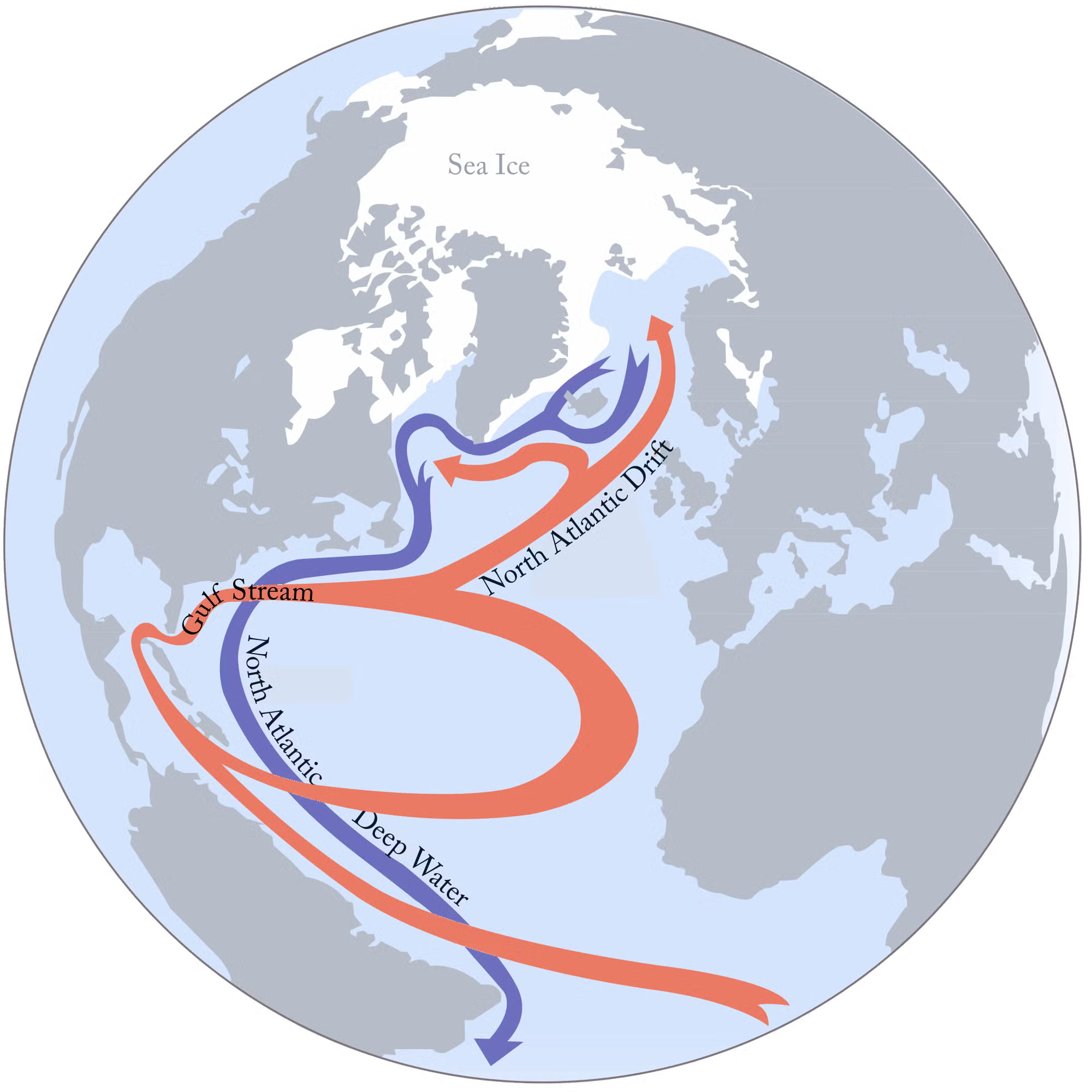
A weakening of the AMOC, driven primarily by an influx of freshwater from melting polar ice, disrupts this heat transport, leading to significant shifts in sea surface temperatures and atmospheric patterns.
For regions reliant on Atlantic-linked circulation, the consequences are severe. A slower AMOC contributes to prolonged and intense droughts across parts of Europe, Africa and the Americas by altering rainfall patterns and the path of jet streams. This creates “thermal stress,” where extreme heat reduces agricultural yields and threatens food security.
Furthermore, a weakened AMOC can exacerbate heatwaves and heat domes, depleting groundwater and increasing the concentration of Total Dissolved Solids, the combined measure of salts, minerals, and other substances left behind as water evaporates, which can pose health risks.
For agriculture, this means less available soil moisture and greater water loss to evaporation, compounding the effects of drought.
Heat domes
A heat dome is a stationary area of high atmospheric pressure that traps hot air over a region for an extended period. This phenomenon drastically intensifies drought conditions by raising temperatures, which in turn accelerates evaporation and dries out soil and vegetation.
The impact on food systems is direct and devastating. Crop productivity declines and livestock health suffers, reducing overall food availability.
Heat domes also create hydrological drought, a deficit in rivers, reservoirs and groundwater, by increasing the demand for water and simultaneously depleting these sources.
As a result, regions affected by heat domes face critical food security challenges and a heightened risk of malnutrition among vulnerable populations.
The Indian ocean’s climate seesaw
The Indian Ocean Dipole (IOD) is a climate pattern characterised by differences in sea surface temperatures between the western and eastern Indian Ocean, and its two phases have opposing effects on regional weather.
A Positive IOD Phase, with warmer western and cooler eastern waters, typically increases rainfall over East Africa and the Indian subcontinent while causing drier conditions in Indonesia and Australia.
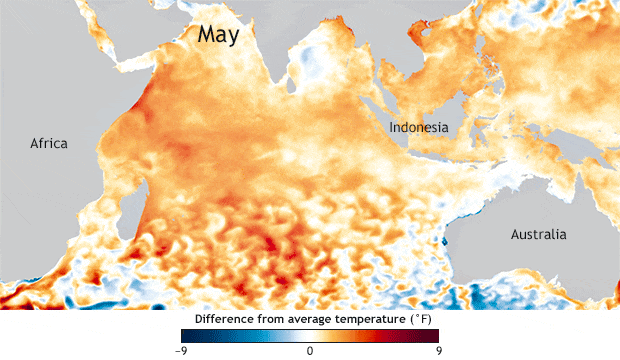
For India, a strong positive IOD can bolster monsoon rains, seasonal winds that deliver life-sustaining heavy rainfall for agriculture, supporting crop yields.
A Negative IOD Phase reverses this pattern, reducing rainfall in key agricultural zones like India and East Africa. This often leads to crop failures, food insecurity and hydrological drought, which can diminish both drinking water supplies and hydropower output.
The IOD’s influence also extends to marine ecosystems. Positive phases can enhance nutrient upwelling and boost fish stocks, while negative phases disrupt fisheries, with adverse economic consequences for coastal communities.
The Pacific’s global weather switch
The El Niño-Southern Oscillation (ENSO) is a climate cycle in the Pacific Ocean that alternates between warm (El Niño) and cool (La Niña) phases, triggering weather disruptions worldwide. While ENSO itself is not caused by climate change, scientific evidence indicates that a warming climate is amplifying the intensity of extreme weather events linked to both phases.
During an El Niño event, the warming of the central and eastern Pacific creates a global ripple effect. While it frequently causes severe droughts in Australia, Indonesia, India and southern Africa, the same event often brings heavy rainfall and flooding to other regions, such as the west coast of South America and the southern United States.
Its counterpart, La Niña, involves the cooling of the same Pacific waters. This often leads to intensified monsoon rains and flooding in Southeast Asia and Australia, while bringing drought conditions to regions like the southwestern United States and parts of South America.
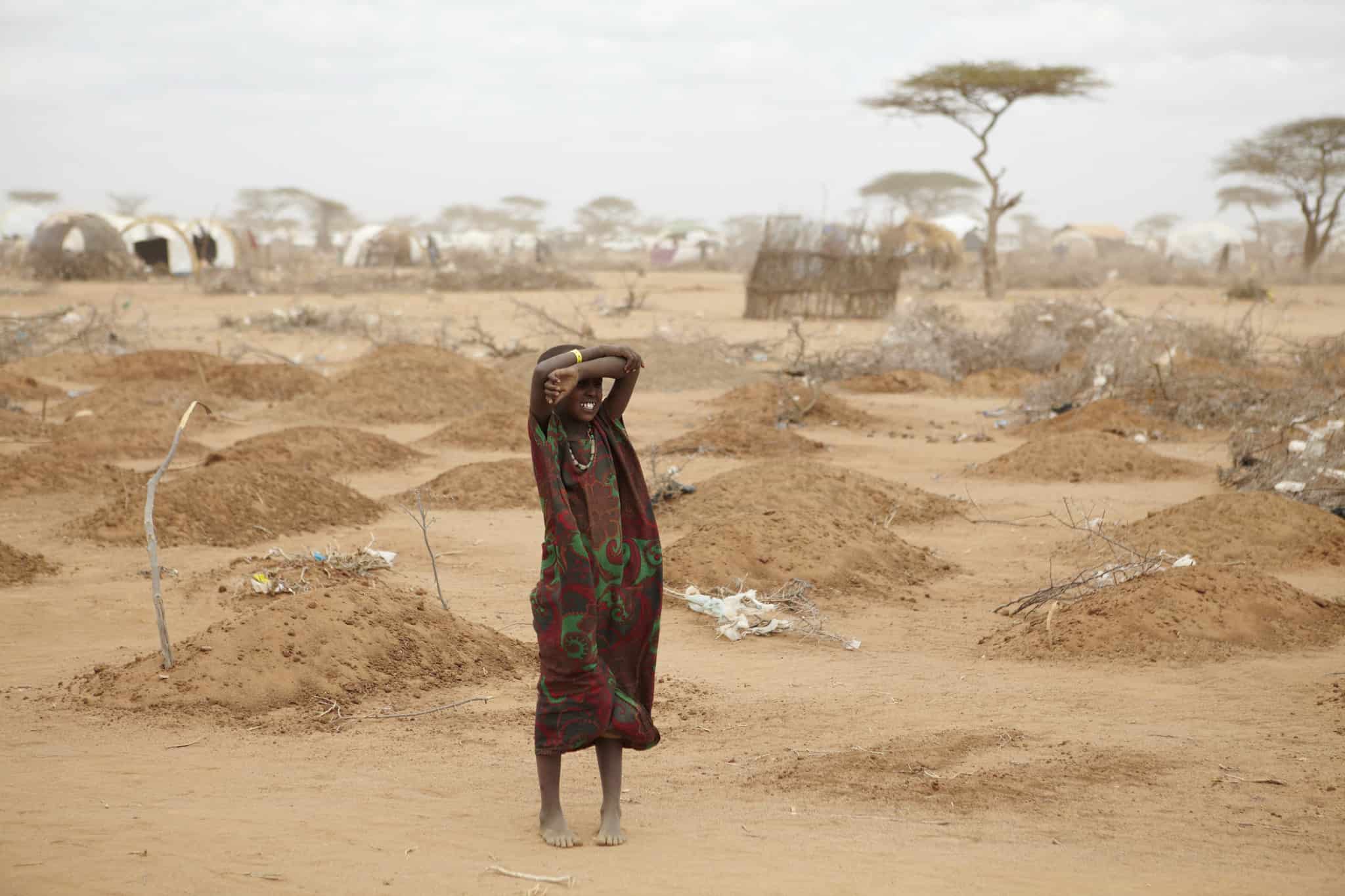
The connection between ENSO and the Indian monsoon is particularly critical, as El Niño years often correlate with drought in India. This reduces the output of water-intensive crops like rice and sugarcane. However, this impact is not guaranteed.
A concurrent positive IOD, by warming the western Indian Ocean, can create an independent source of moisture that helps sustain the Indian monsoon, sometimes offsetting El Niño’s drying effect.
Droughts driven by El Niño strain water resources, increase food prices and worsen food insecurity, particularly in low- and middle-income countries. These initial shocks can then lead to secondary crises, such as disease outbreaks and the displacement of populations forced to leave their homes due to crop failures and malnutrition.
Navigating a more volatile climate
The interactions between these powerful climate systems create cascading and compound effects that amplify drought severity across the globe. In a warming world, these events are becoming more frequent and volatile, causing impacts that ripple from agriculture and fisheries to water availability and economic stability.
The burden of these climate stresses falls heaviest on the world’s most vulnerable communities. For small-scale farmers, coastal populations and those with limited resources, these events heighten the risk of malnutrition, conflict over scarce resources and displacement.
Responding effectively requires moving beyond reactive crisis management. It calls for an integrated strategy that combines advanced climate forecasting and resilient water infrastructure with on-the-ground support for food systems.
This means developing drought-resistant crops while also establishing robust social safety nets, such as crop insurance and food banks, to safeguard communities when these systems fail.
Understanding these concepts is no longer a scientific exercise; it is a matter of food on the table, livelihoods protected and futures secured.



